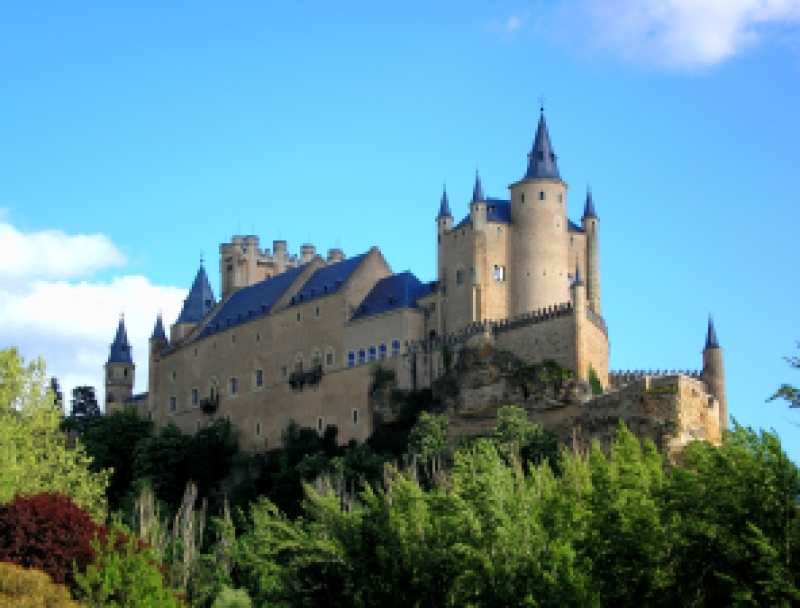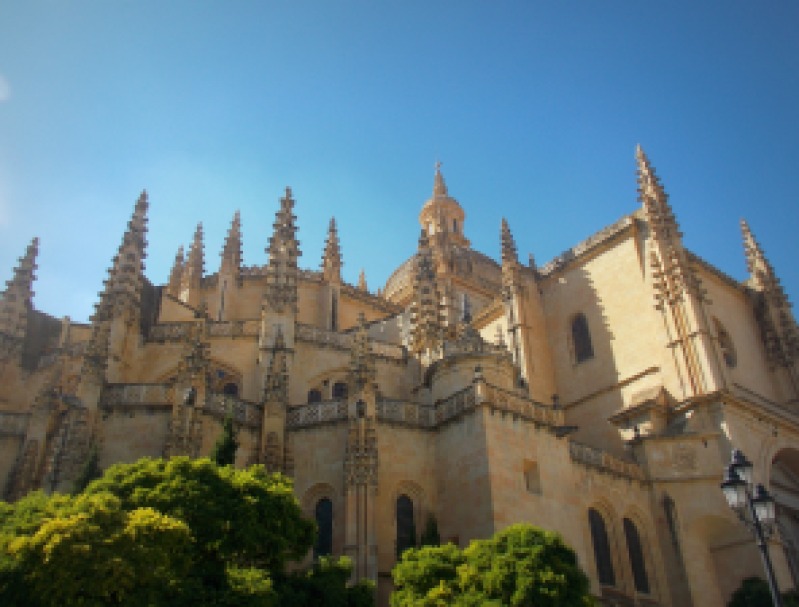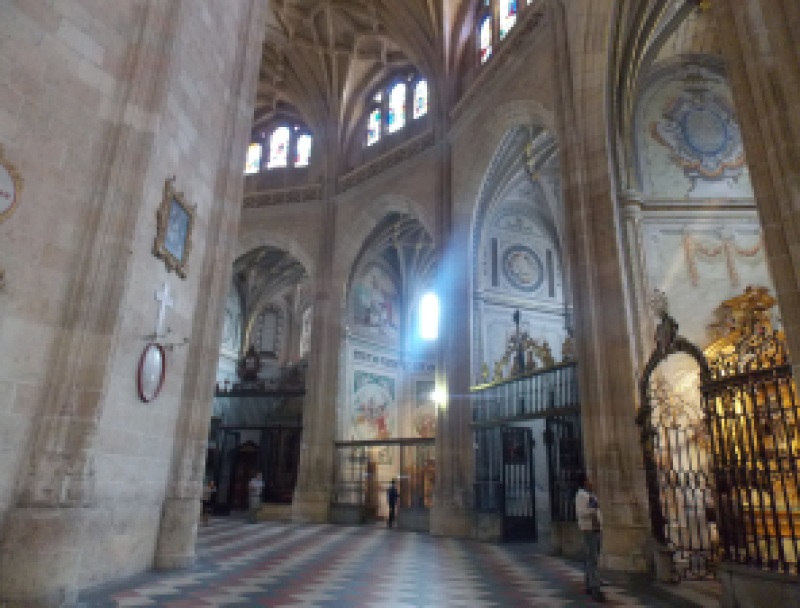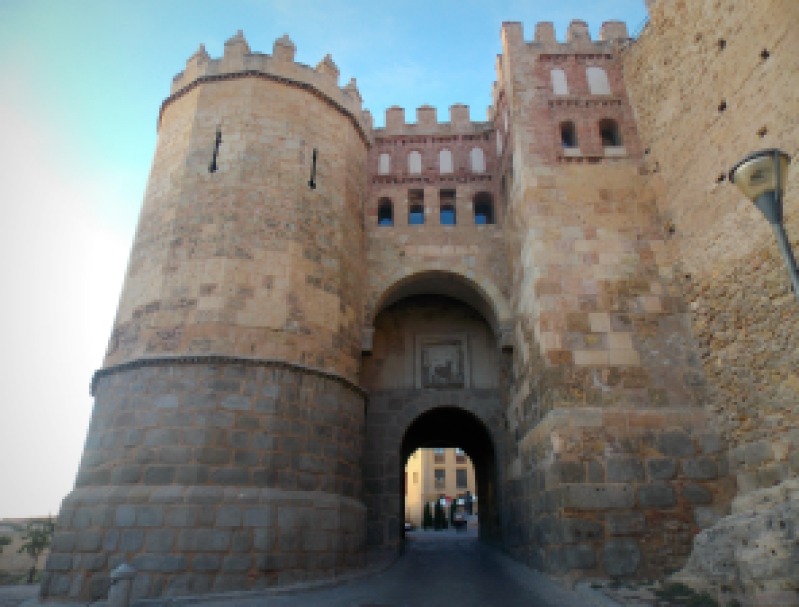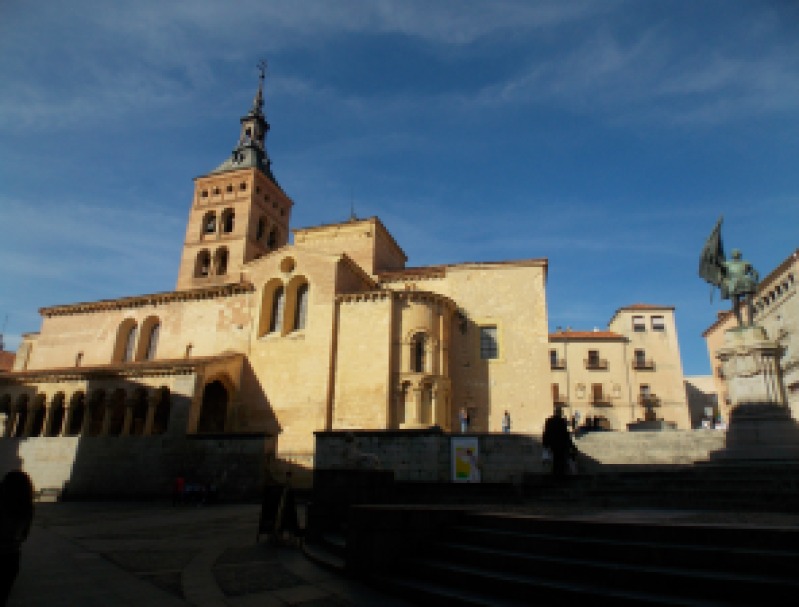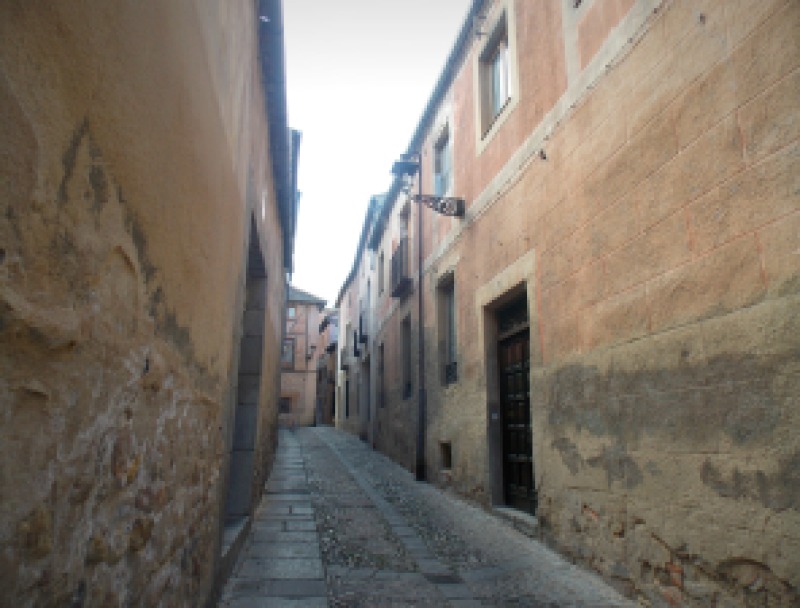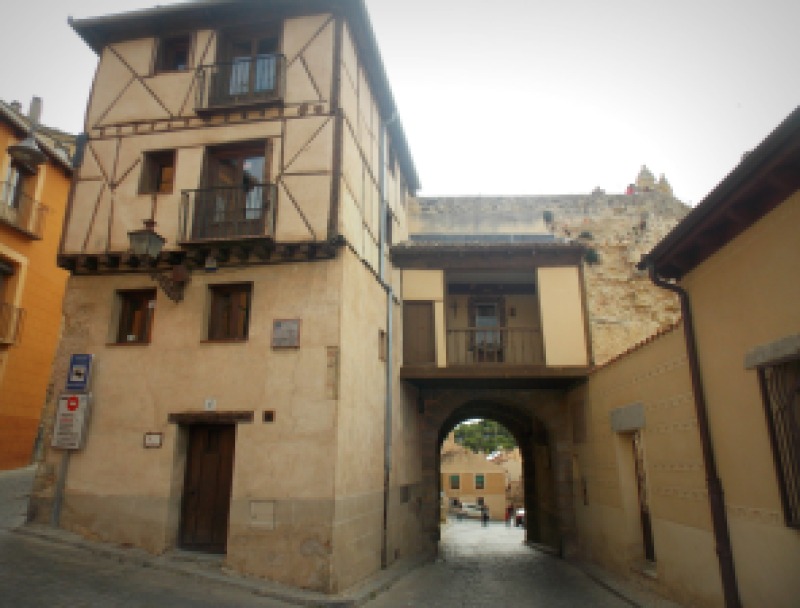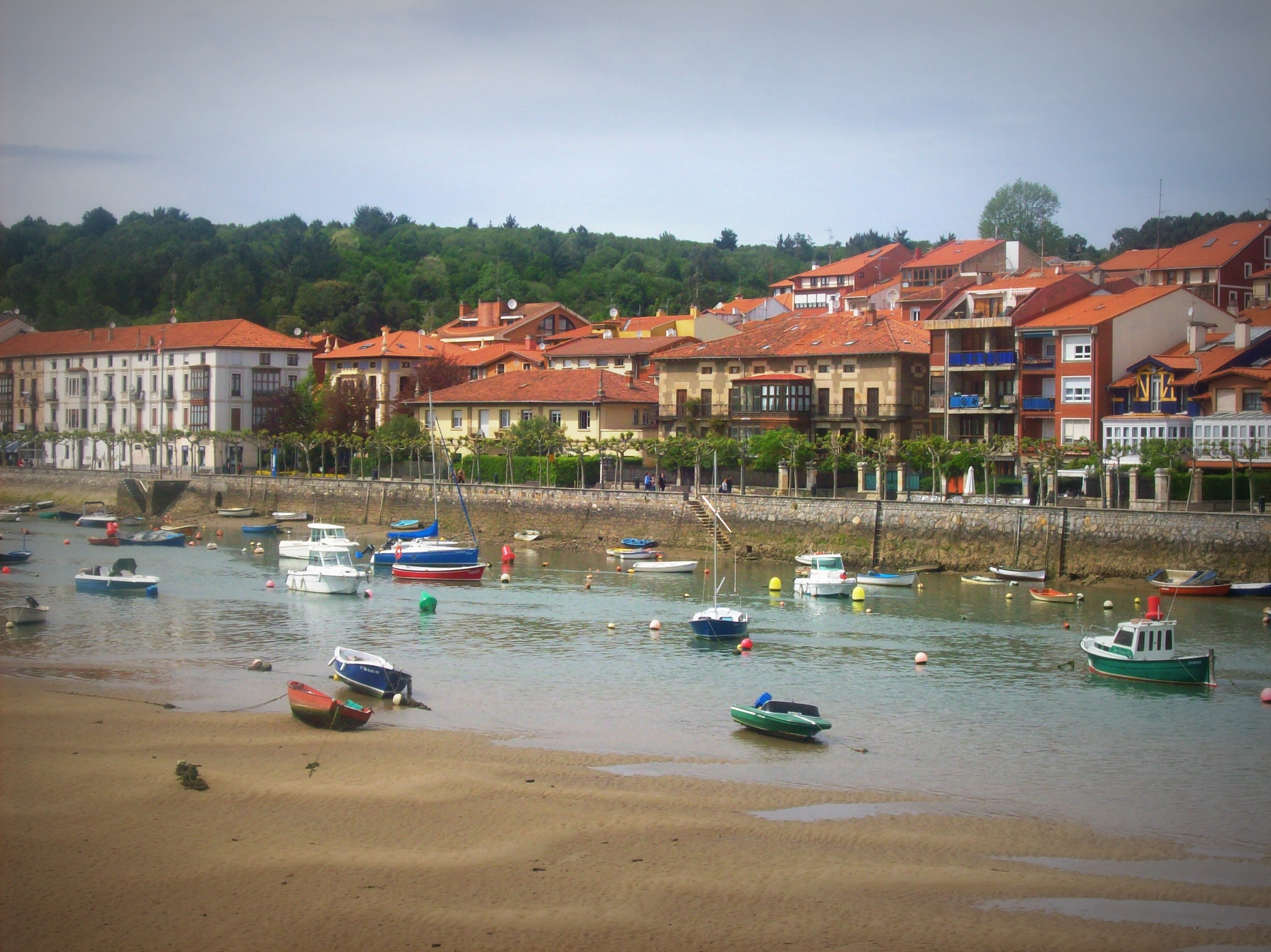What to Do in Segovia?
The city of Segovia, located a few kilometers from Madrid, is well-known for its aqueduct. It is an ideal destination for a short expedition from the Spanish capital. The city, declared a UNESCO World Heritage Site in 1985, can be discovered in a day, although a weekend is ideal to get to know it well. So, what to do in Segovia?
Segovia in a nutshell
Segovia is primarily known for its aqueduct and its Alcazar, but the city has a very rich historical past, a witness to the different civilizations that have trod its soil.
Celts, Romans, Moors, Jews, and Christians have all left traces of their presence, and this is what makes the city so interesting, even for those ignorant of history like myself.
Segovia is the kind of city you don’t expect anything special from, but you leave knowing you’ll come back.
The best guided tours to visit Segovia
WHAT TO DO IN SEGOVIA?
What to do in Segovia? Apart from its aqueduct, the city has a lot to offer for tourists.
1. The Aqueduct
Undoubtedly, the main attraction of the city of Segovia is its aqueduct, as evidenced by the hordes of tourists gathered at the foot of the famous monument.
If the aqueduct attracts so many people, it’s because it is one of the most important Roman remains in all of Spain, and even in the Roman world.
The Segovia Aqueduct measures 813 meters and reaches a height of 28 meters.
Its arches were built using large granite stones, stacked on top of each other without the use of any mortar.
The aqueduct was constructed with the purpose of bringing water from the Sierra de Guadarrama to the city.
The Legend of the Segovia Aqueduct
A young maid worked in a house located on the hills of Segovia. Every day, she had to descend to the fountain to fill her jug before climbing back up the slope with the container full. One day on the way back, she said aloud, “I would give anything for the water to reach the city gate on its own so that I never have to make this journey again.” It was then that the devil appeared in the guise of a man and asked for her soul in exchange for fulfilling her wish. The girl added that she would only give it to him if he could grant her wish before the first rays of the sun. During the night, the devil and his assistants began to build the aqueduct, but when it came time to place the last stone, a ray of sunlight struck the devil’s face. He left the city, the young maid kept her soul, and the water was at the city gates.
2. The Alcazar
The Alcazar of Segovia is the other monument that attracts crowds.
This castle-palace was built as a fortress and later became the residence of King Alfonso VIII before becoming one of the favorite residences of the Kings of Castile.
Later, the monument served as a state prison and then became the headquarters of the Real Colegio de Artilleria (Royal Artillery School).
In short, the Alcazar has had several lives before being trodden by the footsteps of tourists from around the world.
Its fame also comes from its shape resembling the bow of a ship, which makes it truly unique. Some say it is one of the castles that inspired Walt Disney for the castles of Cinderella and Snow White.
Regardless, the Alcazar is worth visiting for its exterior as well as its interior, which houses some stunning rooms and provides insights into the history of Spain.
3. The cathedral
Construction of the Cathedral of Nuestra Señora de la Asunción and San Frutos began in 1525. It is of late Gothic style, featuring 18 chapels and magnificent ceilings.
4. The Wall
Walking along the battlements at sunset is a great way to end a day in Segovia.
The city was surrounded and defended by no less than 3 km of walls during that time.
5. The Plaza Mayor
A pleasant square just a stone’s throw from the cathedral, where you can enjoy a drink on a terrace and admire the distant religious building, the music kiosk, the lovely buildings that make it up, and watch the people of Segovia go about their business.
6. The San Martin church
The temple of the Castilian Romanesque-style church dates back to the 12th century. As for the tower, it was built a century later and equipped with a Baroque spire.
7. The Judería
The Juderia, located inside the city walls, is the Jewish quarter of Segovia.
A stroll through its typical streets takes the tourist directly back to the medieval era.
8. The Casa de la Moneda
Fundada en 1583 por el rey de la época, Felipe II, es un edificio importante porque fue una innovadora fábrica de monedas.
De hecho, fue diseñada para albergar una maquinaria moderna llamada “ingenios“. El nuevo sistema de fabricación de monedas permitía golpearlas de forma mecanizada y en serie.
How many days to spend in Segovia?
It’s totally possible to visit Segovia in a day. However, I recommend staying overnight as well to explore the city in the evening and at night.
It’s a perfect destination for slow travel and savoring local specialties.
When to go to Segovia?
I recommend visiting Segovia from June to September when the temperatures are mild and rain is rare.
If you plan to visit the city in winter, keep in mind that it’s cold and you may encounter snow.
How to get to Segovia?
From Madrid, you can go to Segovia by train, a quick and comfortable option.
You can also get to Segovia by bus. Buses are very frequent. So you can almost wait until the last moment to buy your tickets.
For more freedom, you can also rent a car. You’ll get there in 1 hour and 20 minutes if there are no traffic jams on your way. Renting a car is also a great option if you’re in another city.
How to get around Segovia?
Walking is an excellent option for visiting the main tourist attractions since the points of interest are quite close to each other.
You can also take one of the 12 bus lines. On weekends, there are also night buses.
Where to stay in Segovia?
The historic center is an excellent area to stay and enjoy all the beauty of the city. This is also where you’ll find restaurants and bars. However, if you come by car, you’ll need to park outside.
If you come by car, the San Millán neighborhood is a good option. This residential area has restaurants, bars, and supermarkets, and the historic center is also very close.
The del Salvador neighborhood is also a good option since this residential area is close to the aqueduct.
What to eat in Segovia?
Segovia’s culinary specialty is roast suckling pig, known as “cochinillo asado.”
Personally, I’m not a fan. It’s very fatty, and since I hardly ever eat meat, it was really too much for me. However, if you’re not a vegan, it’s absolutely the dish to try in Segovia.
The restaurants José Maria and Mesón de Candido are considered the best in town to taste this specialty. Expect a fairly high price.
Other regional specialties include “judiones de la Granja”, a type of large white bean grown in the town of La Granja de San Ildefonso; “Chorizo de Cantimpalos”, a chorizo sausage made in the town of Cantimpalos; “Anis La Castellana”, an aniseed liqueur produced in Segovia since 1894; and “ponche”, a delicious cake.
Be a digital nomad in Segovia
Segovia is not really a destination that attracts digital nomads. It’s a fairly small town with a somewhat limited cultural offering. There are no coworking spaces or cafés with Wi-Fi, and there’s also no digital nomad community.
However, if you’re looking to work in a charming, peaceful place where you can also experience authentic Spanish life, Segovia can be an excellent option.
Be a responsible traveler in Segovia
Like anywhere else, it’s important to travel while respecting the planet and local communities.
Here’s a list of actions to take, which is by no means exhaustive:
- Follow local recycling guidelines
- Take short showers
- Remember to turn off heating and air conditioning when leaving your accommodation
- Shop at local markets
- Buy seasonal products
- Avoid hotel and restaurant chains
- Purchase meaningful souvenirs
- Ask to have your leftovers packaged at restaurants
Be a POC in Segovia
Every person of color will have a different experience depending on the destinations they visit. My opinion is therefore far from universal. I am of South Asian origin and I had no issues during my short stay.
Here are a few photos to give you even more desire to visit this charming town just a few kilometers from Madrid.
Here, this article “What to do in Segovia?” comes to an end. I can only recommend adding this destination to your to-do list during a stay in the Spanish capital. Personally, I hope to return there very soon!
Share this article on Pinterest to help other travelers plan their trip!



post a comment cancel reply
This site uses Akismet to reduce spam. Learn how your comment data is processed.


